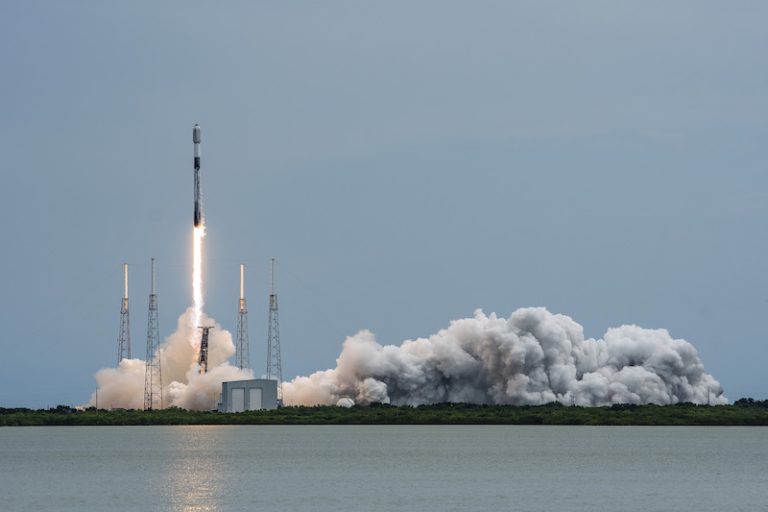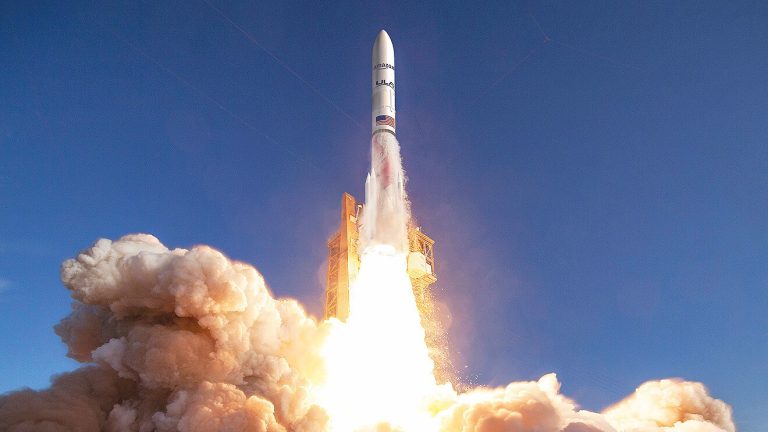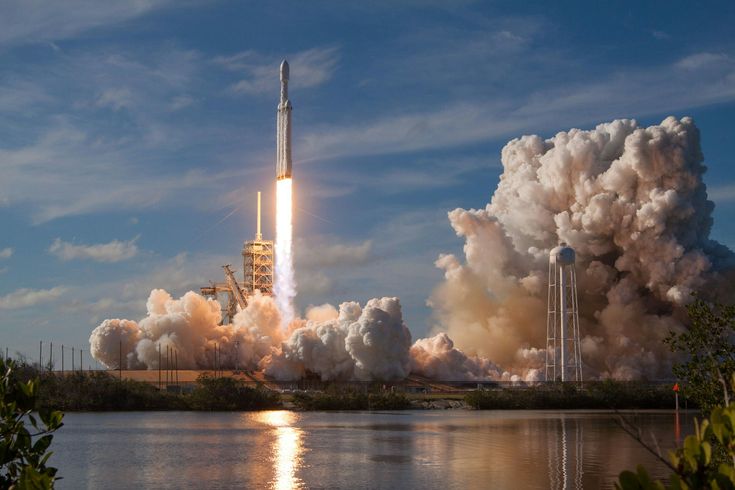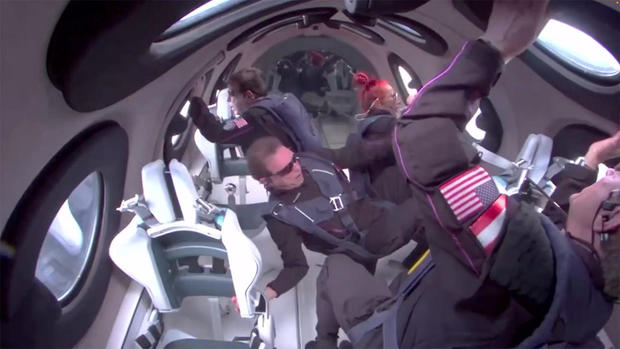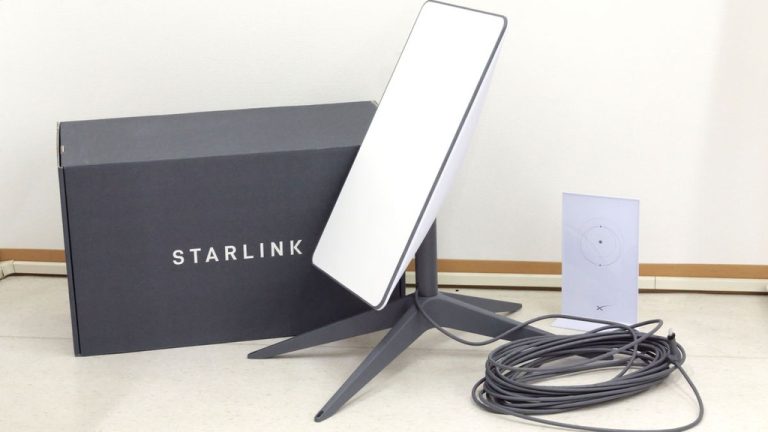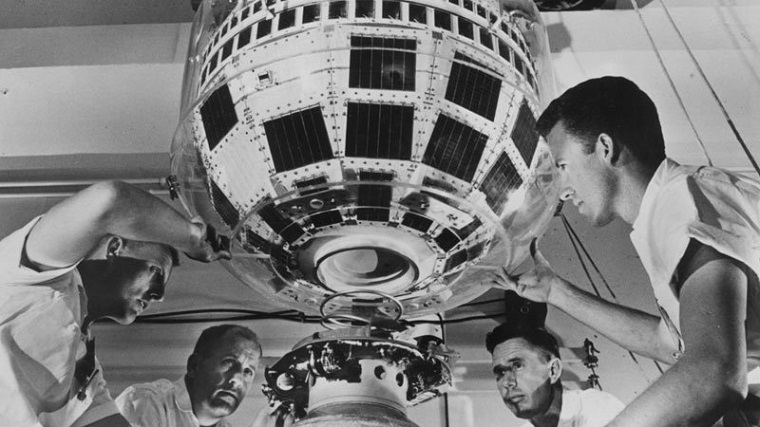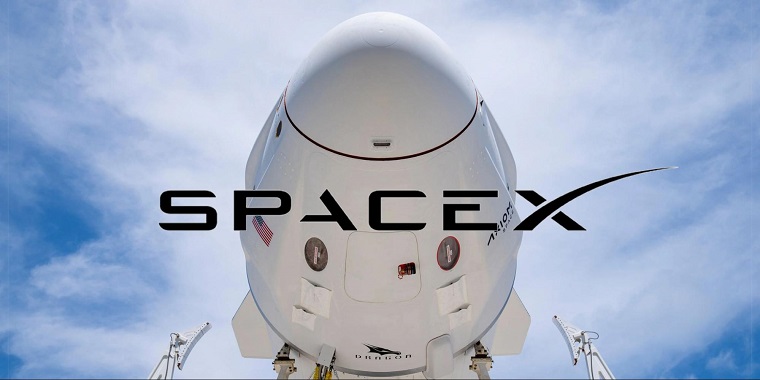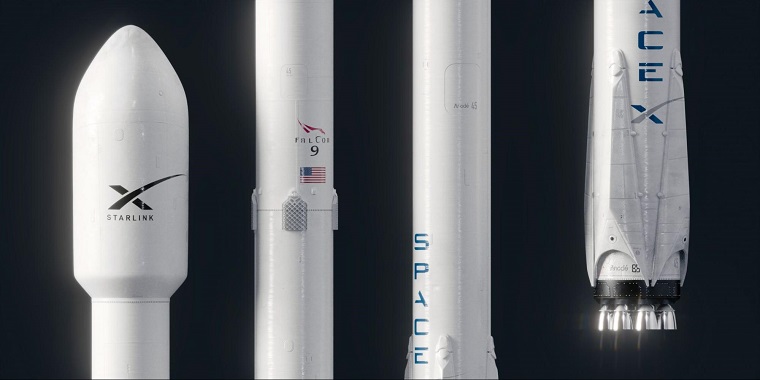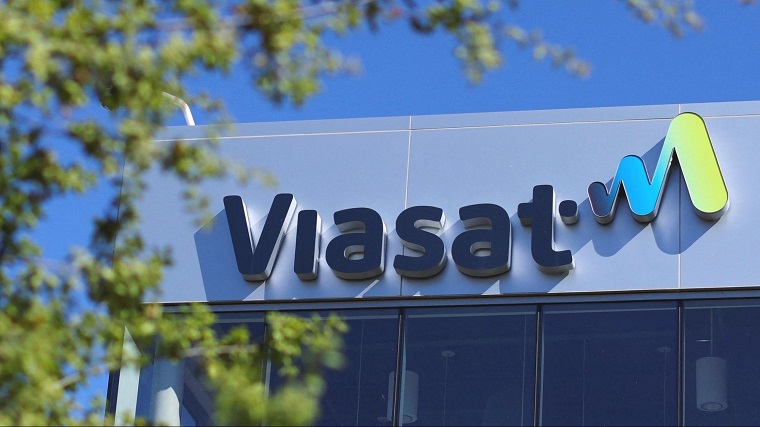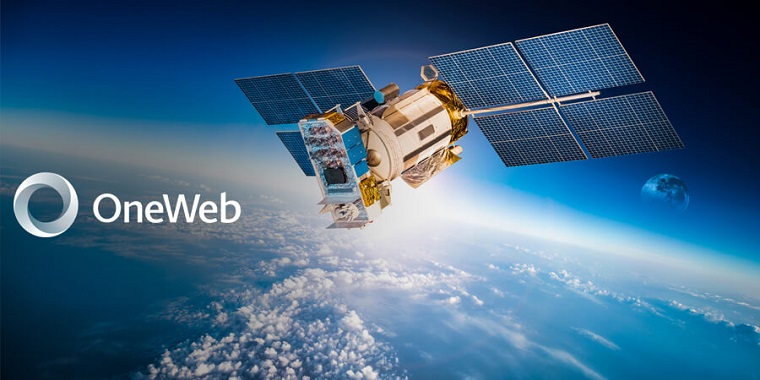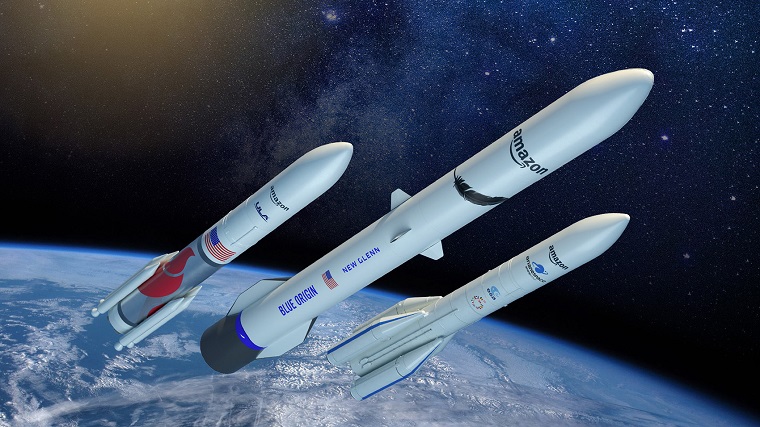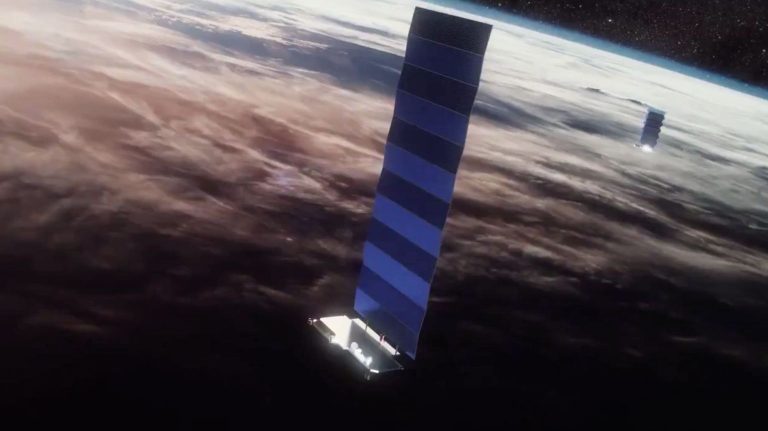Nigeria Welcomes SpaceX’s Mini Starlink Dish for Cheap Internet
Key Takeaway
Elon Musk’s SpaceX is set to launch a low-cost mini Starlink dish in Nigeria, potentially revolutionizing internet access in the country. This innovative device aims to provide affordable satellite-based internet, especially for individuals in rural areas, and poses significant competition to established Nigerian ISPs such as MTN, Airtel, and Glo. The Starlink Mini Dish, in collaboration with TD Africa, promises high-speed connectivity and ease of use, potentially transforming Nigeria’s internet topography.
Summary
- SpaceX is launching a low-cost mini Starlink dish in Nigeria.
- TD Africa partners with SpaceX to bring this device to the Nigerian market.
- The Starlink Mini Dish is designed for rural areas and is portable, fitting easily in a backpack.
- The device weighs 2.4 pounds and measures 11.4 inches by 9.8 inches.
- It offers 100 Mbps download speed and 11.5 Mbps upload speed with 23 ms latency.
- Nigeria is the first African country to receive Starlink’s satellite internet service.
- Starlink Nigeria reduced the price of its starter kit by 21% in October 2023.
- The Starlink Mini costs $599 for early access and has a monthly service fee of $150.
- TD Africa and Konga will sell the device at the best prices in Nigeria.
- The compact design includes a built-in Wi-Fi router and DC power input.
- Starlink has over 6,000 operational satellites connecting more than three million customers globally.
- Starlink emerged as Nigeria’s third-largest ISP in Q4 2023.
Nigeria Welcomes SpaceX’s Mini Starlink Dish for Cheap Internet
Elon Musk’s SpaceX is poised to make a significant impact in Nigeria with the introduction of a low-cost mini Starlink dish. This development has raised concerns among Nigeria’s leading Internet Service Providers (ISPs) and mobile internet providers, including MTN, Airtel, and Glo, as they face new competition from this innovative technology. The Starlink Mini Dish, designed to fit easily into a backpack, aims to provide satellite-based internet access, particularly to individuals in rural areas.
The Innovation of the Starlink Mini Dish
The new gadget, which weighs only 2.4 pounds (or 3.4 pounds when including the kickstand and DC cord) and measures 11.4 inches by 9.8 inches, promises several captivating features. Compared to the existing 23.4-inch by 15.07-inch Starlink dish, the mini version is lightweight and simple to assemble. These features make it an ideal solution for users in remote locations or those needing internet access on the go.
Table 1: Comparison of Starlink Dish Sizes
| Feature | Standard Starlink Dish | Mini Starlink Dish |
|---|---|---|
| Weight | 7.3 pounds | 2.4 pounds |
| Dimensions (inches) | 23.4 x 15.07 | 11.4 x 9.8 |
| Download Speed | 100 Mbps | 100 Mbps |
| Upload Speed | 20 Mbps | 11.5 Mbps |
| Latency | 20-40 ms | 23 ms |
Partnership with TD Africa
In a statement announcing the partnership, TD Africa described the collaboration as a step towards democratizing internet access and providing high-speed connectivity to even the most remote areas. They hailed the Starlink constellation project as a game-changer in global internet connectivity. TD Africa, a leading technology product distributor in Africa, is the first to bring Starlink’s satellite internet services to the continent, marking Nigeria as the first African country to access this stellar innovation.
“The launch of the Starlink Mini signifies a significant step forward in democratizing internet access. Whether you reside in a remote location, crave internet on the go, or simply yearn for a more affordable and reliable internet solution, the Starlink Mini is here to bridge the gap,” said TD Africa. They emphasized that the device would be offered on Konga.com at the best prices, ensuring broader accessibility.
Performance and Capabilities
The Starlink Mini delivers impressive performance. Based on a speed test screenshot shared by Elon Musk, the device offers a robust 100 Mbps download speed and a respectable 11.5 Mbps upload speed with a latency of 23 ms. These capabilities are sufficient to power multiple 4K video streams, video calls, seamless voice chats, and speedy file downloads, ensuring a high-quality internet experience regardless of location.
Table 2: Starlink Mini Dish Performance
| Metric | Value |
|---|---|
| Download Speed | 100 Mbps |
| Upload Speed | 11.5 Mbps |
| Latency | 23 ms |
| Weight | 2.4 pounds |
| Dimensions | 11.4 x 9.8 in |
Starlink’s Rapid Growth in Nigeria
In another story, Starlink emerged as Nigeria’s third-largest ISP with 23,897 subscribers in the fourth quarter (Q4) of 2023. According to the Nigerian Communications Commission (NCC), Starlink’s active customers in Nigeria surged 113% in Q4 2023, from 11,207 customers in the previous quarter, establishing it as one of the leading ISPs in the country.
Spectranet, one of the oldest ISPs in the country, maintained its top position in the market with 113,869 active customers, while FiberOne followed in second place with 27,000 active users at the end of 2023. Starlink launched its services in Nigeria in January 2023, becoming the first African country to receive the service, more than 20 months after SpaceX met with the NCC to outline their deployment plans.
Affordable and Portable Internet
In October 2023, Starlink Nigeria reduced the price of its starter kit by 21%, from N378,000 ($378) to N299,500 ($299), in an effort to increase adoption. SpaceX recently announced a new version of its Starlink satellite internet antenna, the Starlink Mini, which is small enough to fit in a backpack. The Starlink Mini is a portable kit designed to provide access to the company’s satellite internet service for users on the go. SpaceX is offering a “limited number” of the Starlink Mini antennas for $599 each in an early access release, which is $100 more than the standard Starlink kit.
Features and Pricing
Measuring about 12 inches by 10 inches by 1.5 inches (30 by 25 by 4 centimeters), the Starlink Mini is roughly the size of a laptop. Its total weight — around 2.5 pounds (1.1 kilograms) — is 60% that of the company’s standard Starlink dish, which the company thinks will make it more appealing to travelers. In addition to the upfront hardware cost, service for a Starlink Mini is effectively $150 per month — the $120 per month residential cost, plus an additional $30 per month for the “Mini Roam” service. The equipment can be used anywhere in the United States.
“Our goal is to reduce the price of Starlink for those around the world where connectivity has been unaffordable or completely unavailable,” SpaceX said in an invitation to customers. However, the add-on service has a cap of 50 gigabytes of data per month, with Starlink charging $1 per gigabyte for additional data.
Global Expansion and Future Prospects
The first Starlink Minis are expected to arrive sometime in July. The compact design includes a built-in Wi-Fi router, meaning fewer components are needed to access the internet compared to the standard version. The Starlink Mini also consumes less power, has DC power input, and is capable of download speeds over 100 Mbps.
Conclusion
The introduction of SpaceX’s Mini Starlink Dish in Nigeria marks a significant milestone in the country’s digital transformation. With TD Africa’s partnership, the promise of affordable, high-speed internet to even the most remote areas is becoming a reality. As Nigeria continues to embrace this cutting-edge technology, the future of internet connectivity in the country looks brighter and more connected than ever before.


